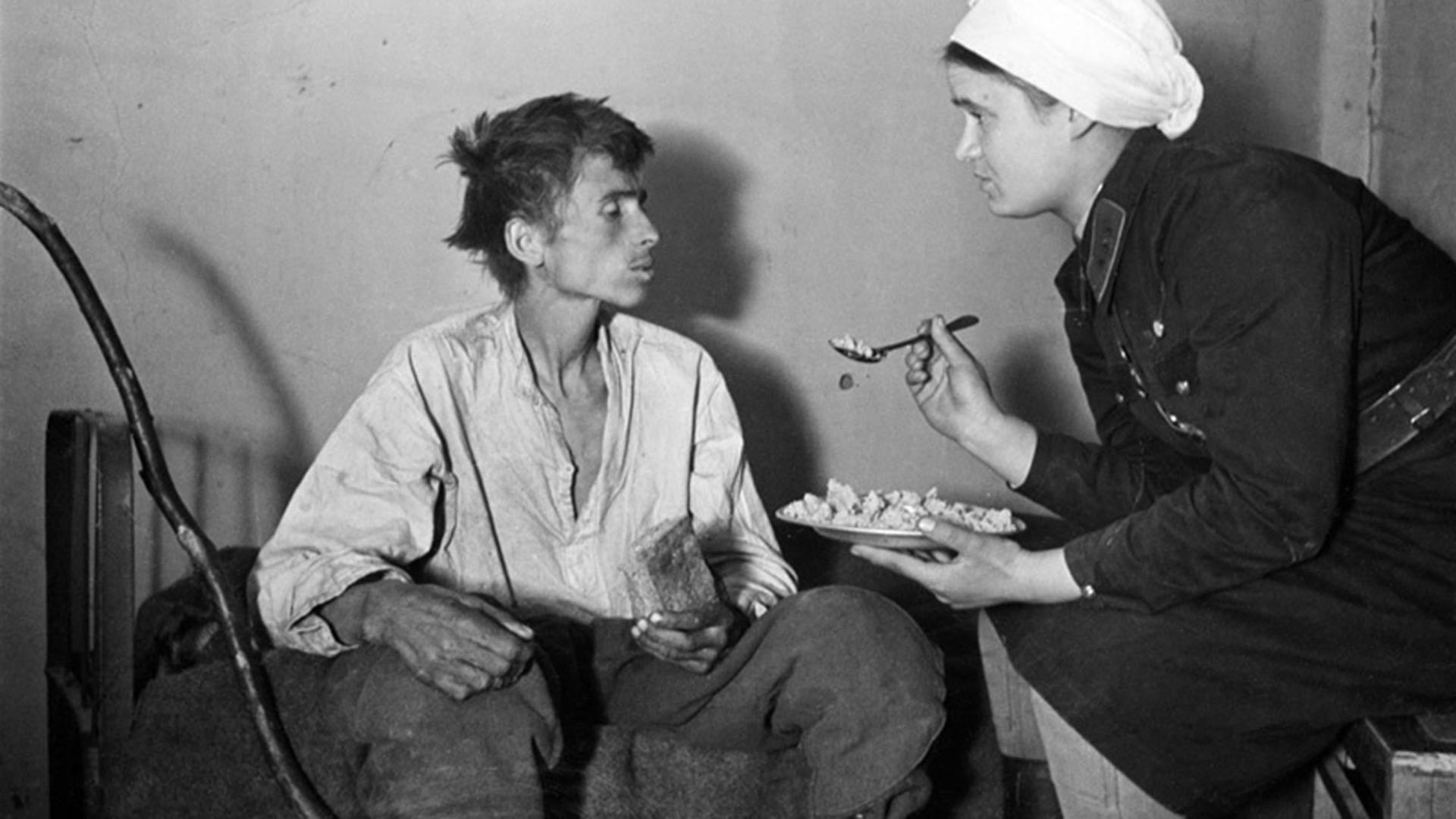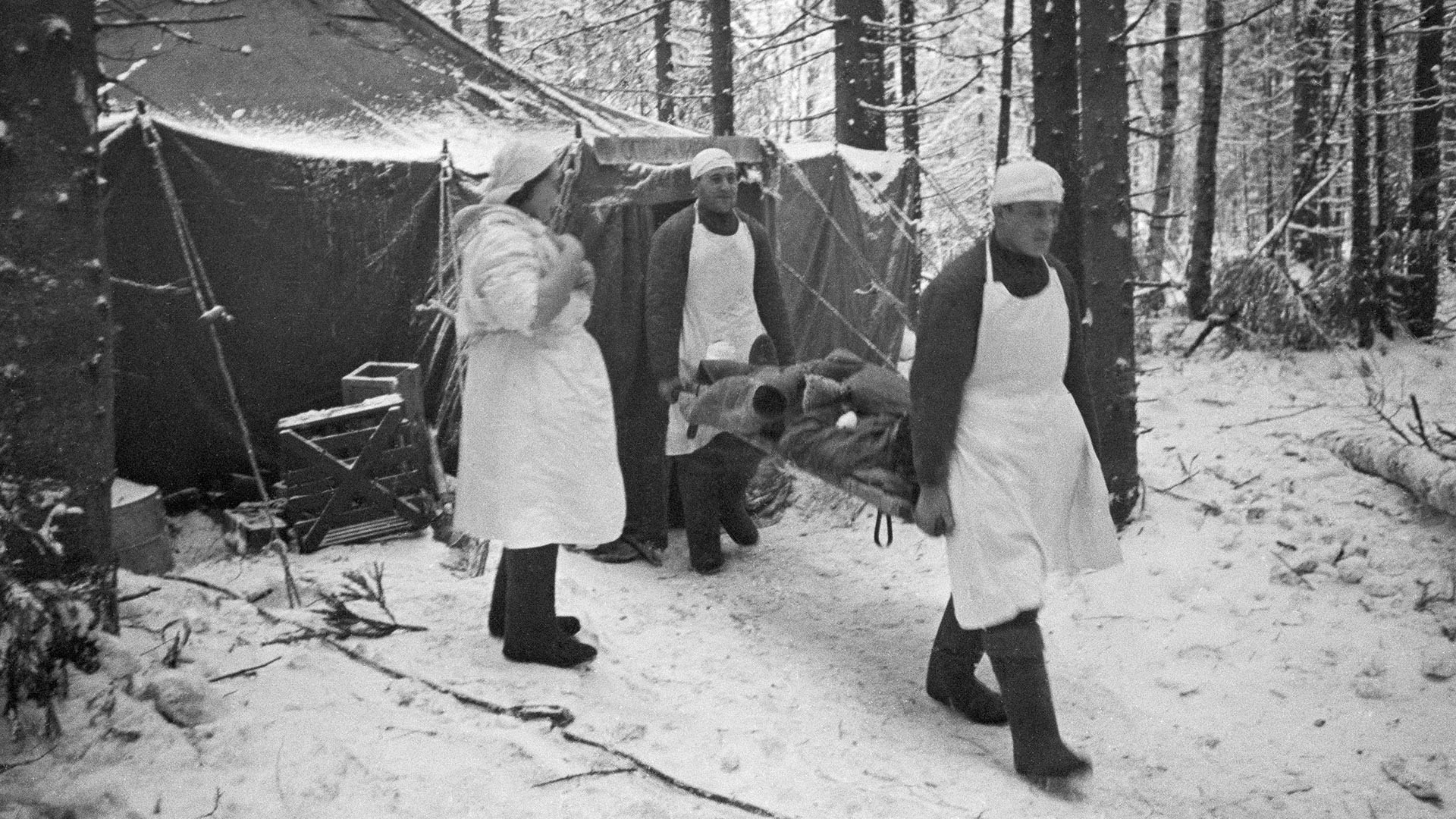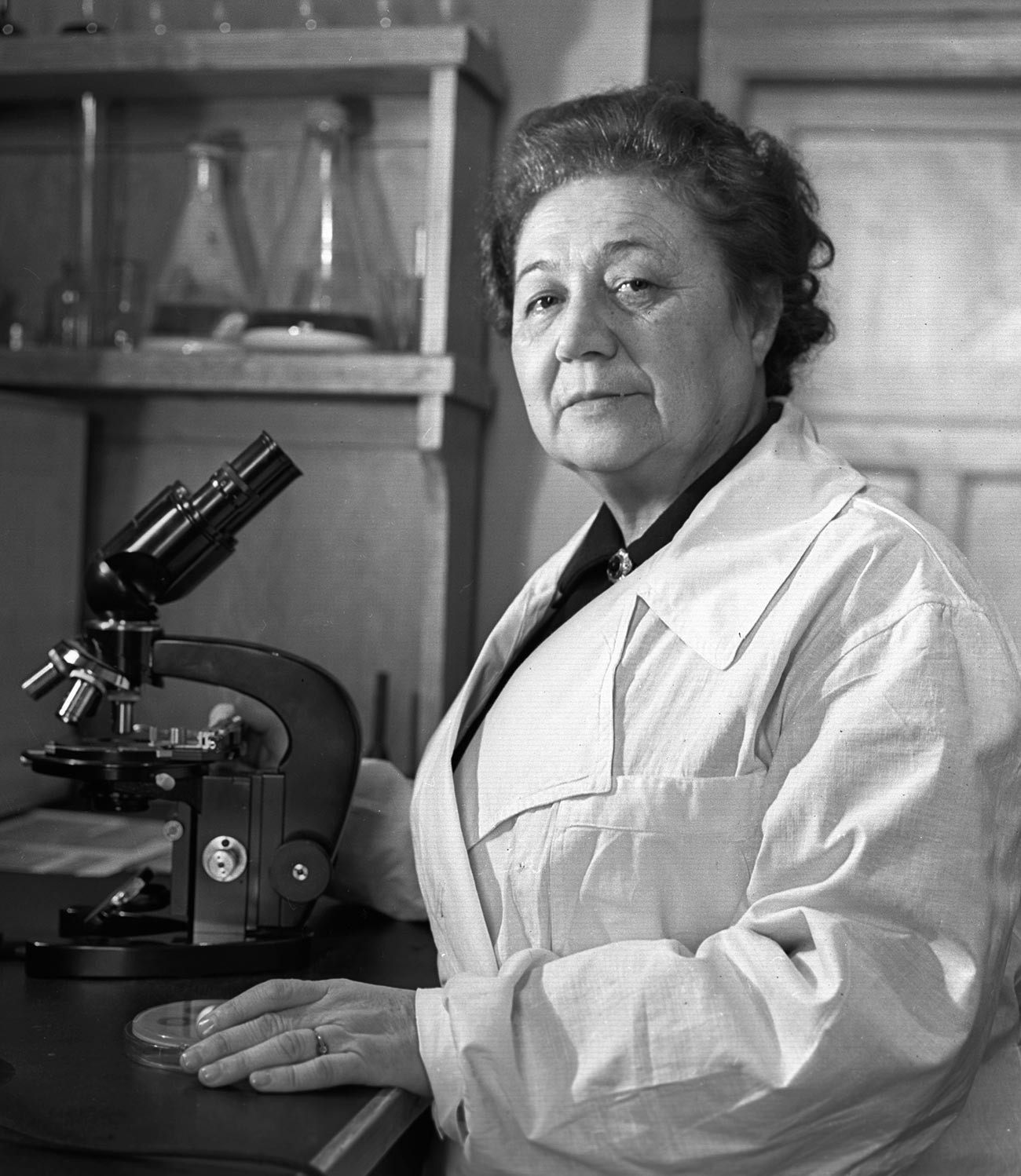How a cholera epidemic was defeated in Stalingrad during World War II

In the summer of 1942, the Red Army was retreating to Stalingrad (now Volgograd) amid heavy fighting. At this critical moment, it was suddenly confronted by another enemy besides the Axis troops - an enemy just as ruthless, but much more covert. A cholera epidemic threatened to completely overwhelm the city on the Volga and, given the number of troops and civilians concentrated in it, this would have led to a disaster on a major scale.
Sudden danger
Initially, reports about flare-ups of cholera pleased the Soviet commanders, since they were detected in enemy-controlled territory. The dangerous infection could have been a good ally in the fight against the German troops.

Their satisfaction, however, quickly gave way to alarm. Cholera didn’t distinguish between opposing sides of the front line and soon, along with fleeing civilians and retreating troops, it was brought into Stalingrad itself. The first cases were confirmed in several districts of Stalingrad on July 18.
By order of People’s Commissar (Minister) for Health Georgy Miterev, one of the country’s leading microbiologists, Zinaida Yermolyeva, was dispatched to the city on the Volga. Her task was to organize the work of local doctors to prevent cholera.

Zinaida Yermolyeva.
Maks Alpert/Sputnik“It was necessary to decide what measures to take against a danger that could threaten the city at a time when it was strenuously preparing to defend itself,” Yermolyeva said in her memoir, ‘The Invisible Army’. “Hundreds of thousands of soldiers passed through the city directly on their way to the front line, to the bend in the River Don, where a battle unprecedented in its scope had unfolded. Hospitals were admitting thousands of wounded daily. From the city, overcrowded with troops and evacuated civilians, steamships and trains were leaving for Astrakhan and Saratov all the time, so the epidemic was capable of spreading to many parts in the country.”
At a sitting of an emergency commission in Stalingrad, it was decided immediately to start a campaign of cholera bacteriophage treatment of the population. A bacteriophage is an agent that infects the cells of the causative organism of the disease. The quantity of bacteriophage brought from Moscow was not enough and Yermolyeva asked the central authorities to send a large consignment to Stalingrad. She and her colleagues had launched preparatory work when terrible news reached them: The train carrying the medication had been bombed by German warplanes on its way to Stalingrad.
Emergency measures
There was no choice - the medication had to be made in Stalingrad itself. A laboratory was set up and equipped in the basement of a building where the manufacture of the requisite quantity of bacteriophage was soon brought on stream in difficult circumstances. The work proceeded literally round the clock.
“Everyone who remained in the city was involved in this battle against an invisible army. Each Red Cross volunteer had ten apartments under her observation. They went round every day to inquire whether anyone had been taken ill and needed to be urgently hospitalized. Others chlorinated wells or were in attendance at bakeries and evacuation centers. It was impossible to leave the city without a certificate of bacteriophage treatment. People were even unable to get bread at the bakeries without such a certificate,” Yermolyeva recalled.

All medical personnel who were not on duty at the construction of the city’s defenses were confined to barracks when off duty and mobilized for the battle against the epidemic. Through their efforts, it was possible to achieve impressive results: each day, 15,000 people were screened and up to 50,000 received bacteriophage treatment.
“In the bomb shelters and on the quaysides people, were unceasingly informed about precautions against gastrointestinal infections. The radio and newspapers also joined in the campaign,” Zinaida noted.
Before the appearance of forward units of the Wehrmacht on the outskirts of Stalingrad and the start of street fighting, a large-scale epidemiological disaster, which could have sapped the strength of the Soviet troops defending the city, had been averted. Quite soon, however, doctors found themselves having to combat the spread of this dangerous infection once again - this time among the soldiers of the 6th Army of Field Marshal Friedrich Paulus, when they were taken prisoner.
If using any of Russia Beyond's content, partly or in full, always provide an active hyperlink to the original material.
Subscribe
to our newsletter!
Get the week's best stories straight to your inbox
